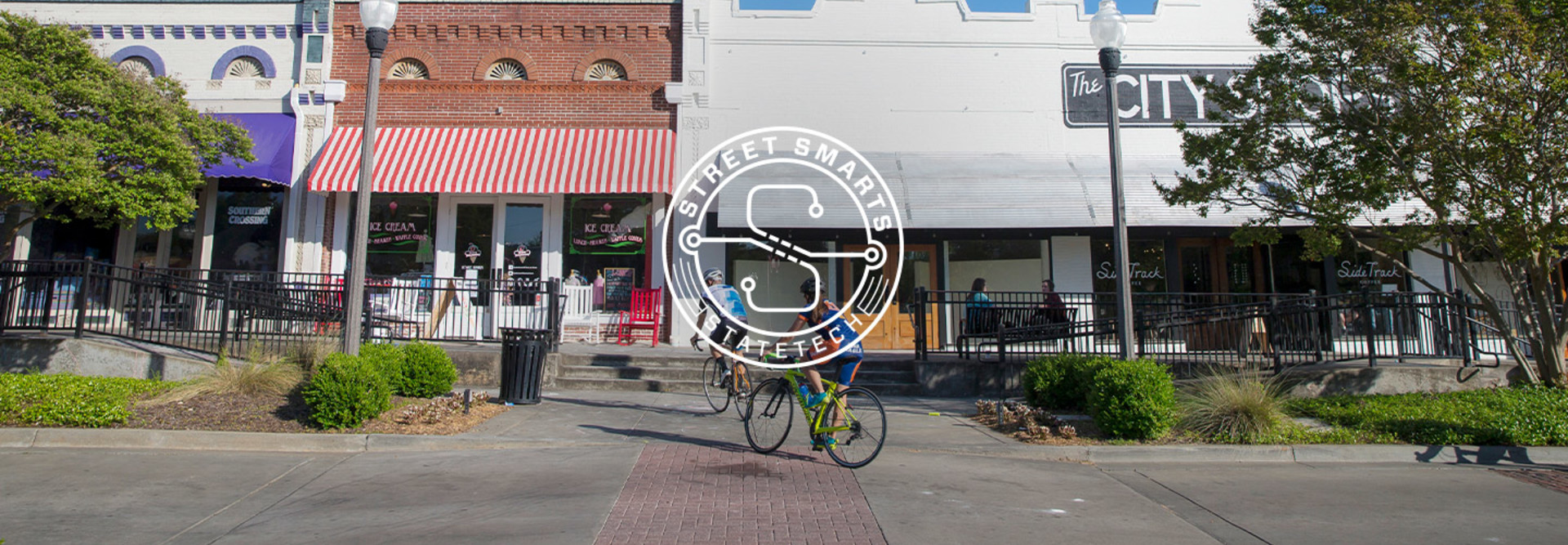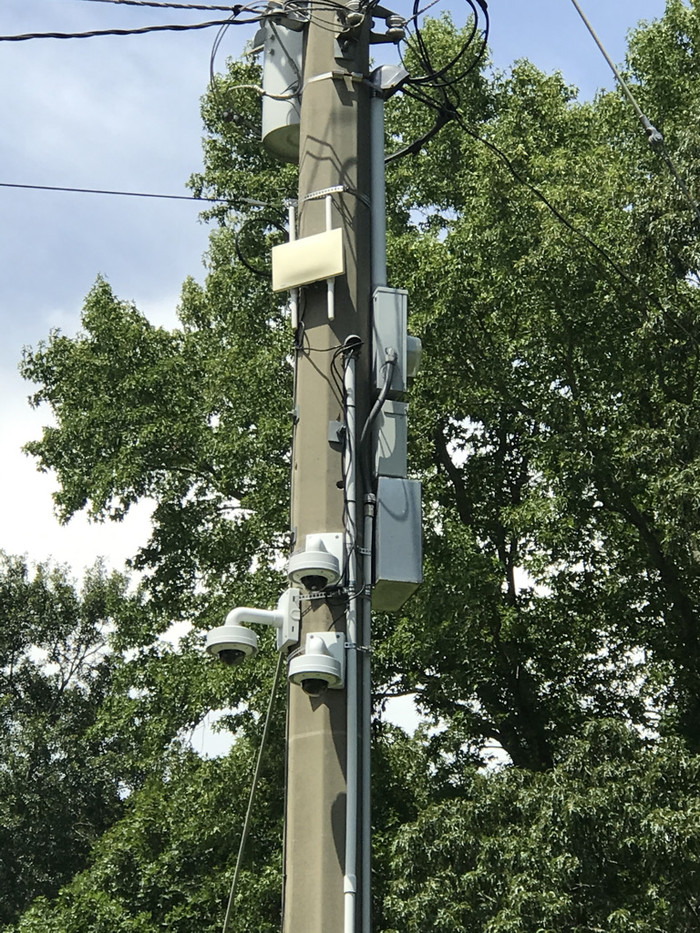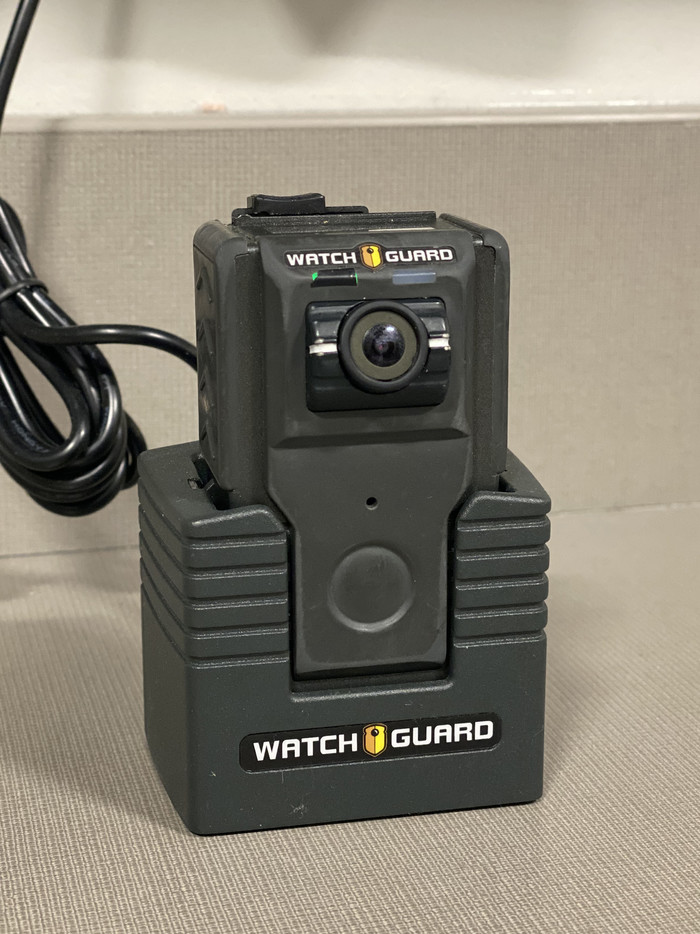Opelika has expanded free public Wi-Fi across the city to its parks and other areas. Source: City of Opelika, Ala.
Meraki cameras are used in parks to assist in vandalism-related cases, in part because they’re compatible with the city’s access points, Dawe says.
“They record and process all the video at the edge, which means we don’t have to pass that video over the Wi-Fi,” he says. “And there’s a small management connection. If you’re in a park, and you’ve got six or seven cameras, that’s six or seven HD or 4K video streams. Meraki doesn’t push those streams over the network, which saves that bandwidth on the Wi-Fi side — which is a huge deal when you’re doing outdoor Wi-Fi.”
The city initially looked at several companies’ prebuilt boxes containing connectivity components but found they were “crazy expensive,” Dawe says.
Instead, Opelika built its own using AccelTex boxes, which it mounts on light poles and other structures. The boxes contain a Cisco switch and provide a Cradlepoint-enabled secure VPN connection to the Palo Alto Networks Prisma Cloud.
“Basically, we take these empty boxes, put things in them and man all the hardware ourselves,” Dawe says. “We buy all the stuff from CDW. It’s a completely homegrown design. We define the networks they’re on, so the public network can’t get to the internal network because there’s no way to do that through the VPN. But anything we want to do internally — if I want to manage a switch or talk to the cameras — that data can flow to the internal network because of how we configured the switches inside the box.”
EXPLORE: How will 5G networks affect smart cities?
Opelika Police Department Uploads Camera Data Regularly
The Opelika Police Department’s body and vehicle camera system has also received an upgrade. Years ago, data from vehicle cameras was recorded on VHS tape. That system was replaced by content burned to DVDs, a process that was eventually phased out in favor of thumb drives that officers inserted into a designated computer at the end of the day to download recorded data.
For about the past five years, the department has used a vehicle camera system that automatically downloads data from a DVR hard drive within police cars to a server via external antennas.
The process occurs whenever officers stop by one of three locations: the department’s training facility, police department headquarters and its city shop, where vehicle maintenance is performed and officers fill up their gas tanks, says Opelika police Sgt. Craig Vickers.
“If they come to headquarters to use the restroom, turn in a report, take a lunch break — or at the beginning of every shift, we have a shift meeting — that’s enough time for the cars to automatically upload,” Vickers says. “The videos are still technically on the hard drive in the car; just in case there was a glitch, you can ask it to reupload.”
At the end of their shifts, officers place their body cameras in docking stations on supervisors’ desks at police headquarters. Each docking station can hold up to eight devices. When they start the next day, Vickers says, the body cameras are data-free and fully charged.













